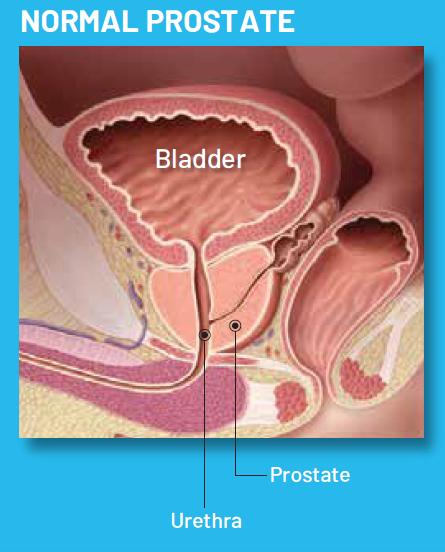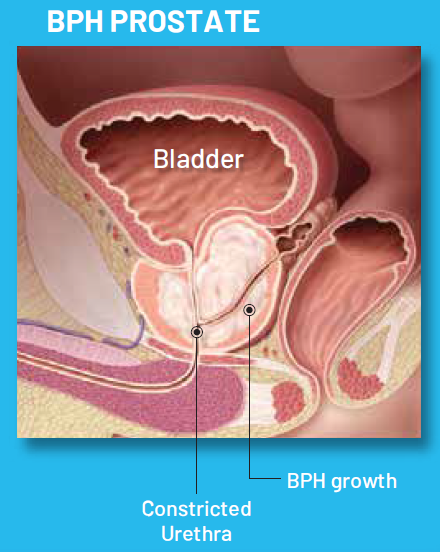Benign Prostatic Hyperplasia, or BPH is the condition in men where the prostate gland becomes enlarged. It is neither life-threatening nor cancerous. This condition affects about 42% of men aged 50-59 years and 65% of men aged 70 and more.*

WHAT ARE THE SYMPTOMS OF BPH?
- Frequent urination both days and nights
- Difficulty in starting urination
- Pain after ejaculation or during urination
- Dribbling at the end of urination

WHAT ARE THE SYMPTOMS OF BPH?
- Urgent feeling to urinate
- Interrupted sleep to urinate
- Urinary retention
Frequency
Urgency
Nocturia
*Teh, CG, et. al., Prevalence of Symptomatic BPE Among Malaysian Men Aged 50 and Above Attending Screening During Prostate Health Awareness Campaign; Med J Malaysia 2001; 56(2);
page 186.

